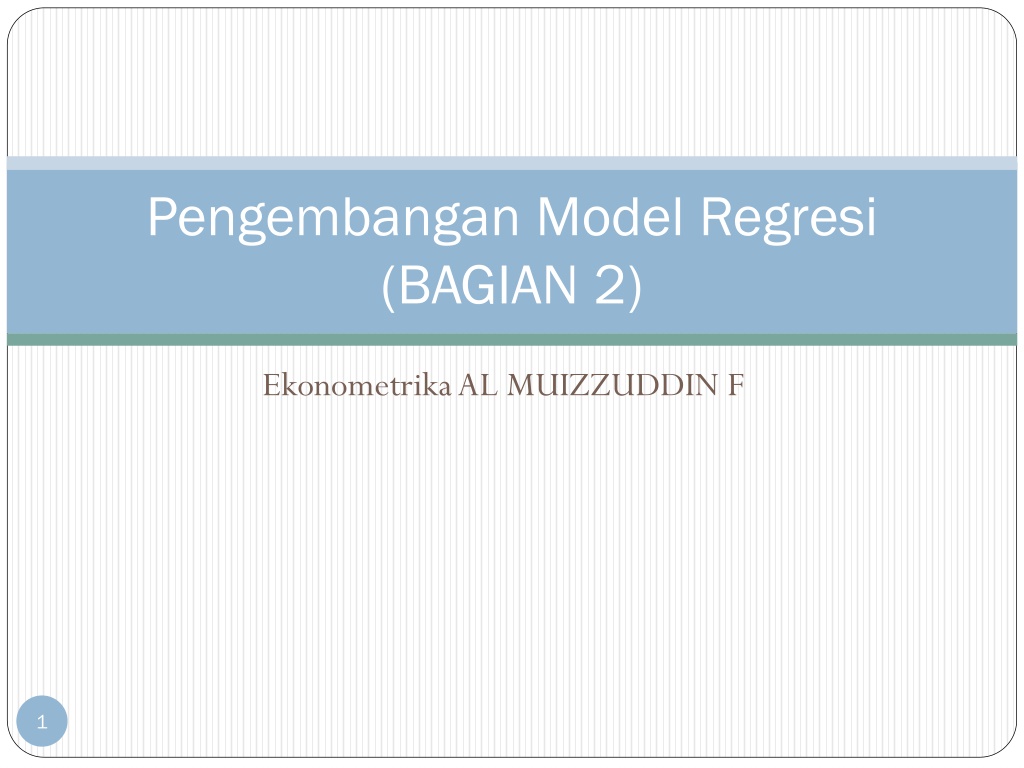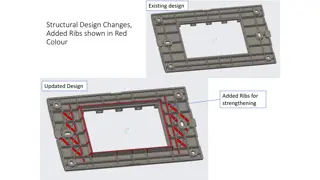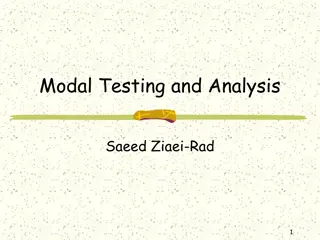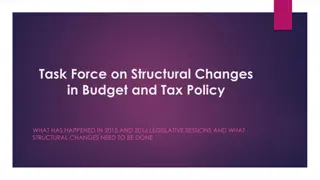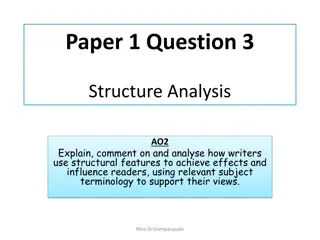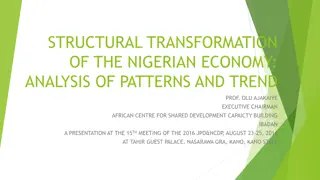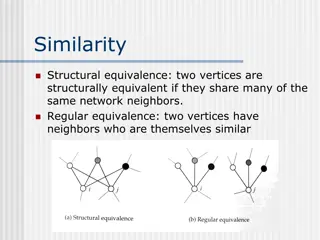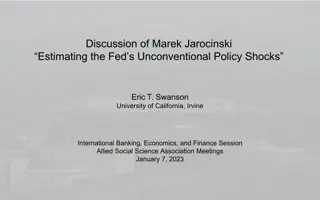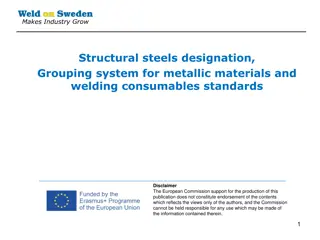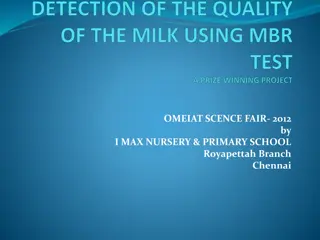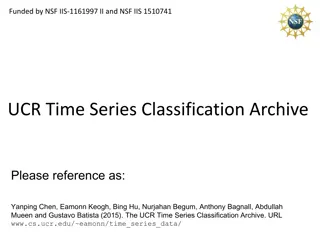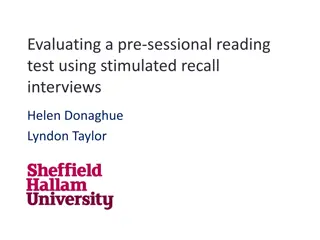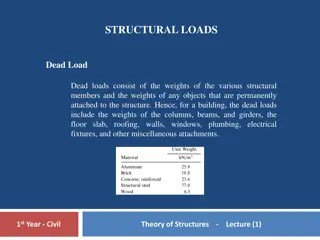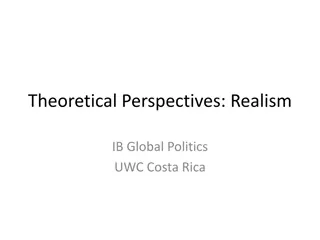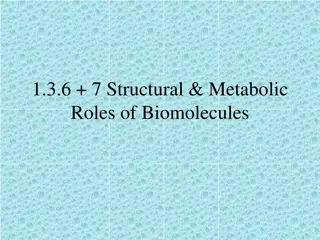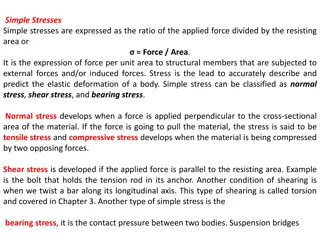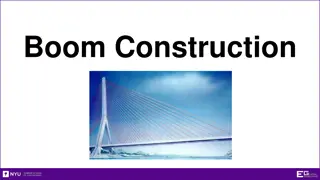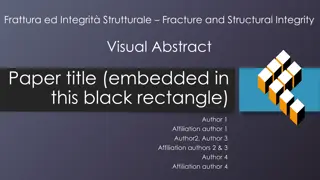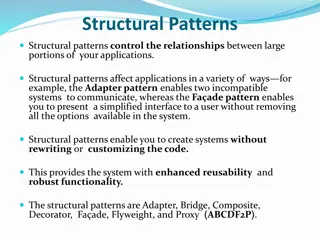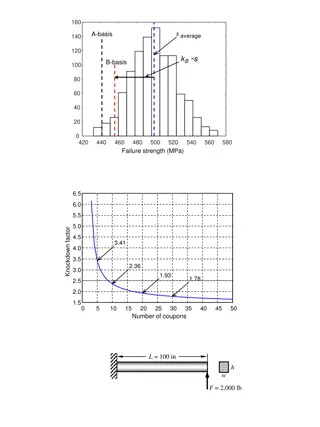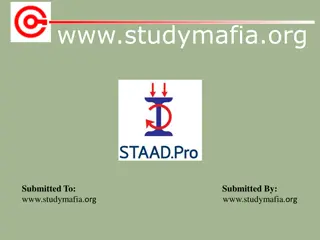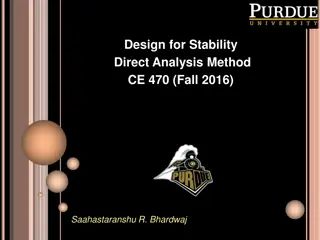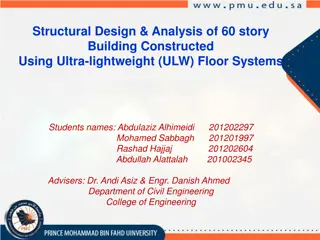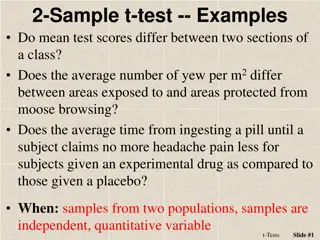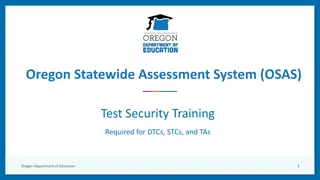Understanding Structural Changes in Time Series Data with Chow Test
Structural changes in time series data can occur due to various external factors or policy changes, impacting the relationship between variables. The Chow Test helps identify if there are significant differences in intercepts or slope coefficients between different time periods in regression analysis. By comparing regression models and residual sums of squares, researchers can determine the presence of structural changes and the appropriateness of pooled regression analysis.
Download Presentation

Please find below an Image/Link to download the presentation.
The content on the website is provided AS IS for your information and personal use only. It may not be sold, licensed, or shared on other websites without obtaining consent from the author. Download presentation by click this link. If you encounter any issues during the download, it is possible that the publisher has removed the file from their server.
E N D
Presentation Transcript
Pengembangan Model Regresi (BAGIAN 2) Ekonometrika AL MUIZZUDDIN F 1
CHOW TEST When we use a regression model involving time series data, it may happen that there is a structural change in the relationship between the regressand Y and the regressors. Sometime the structural change may be due to external forces (e.g., the oil embargoes imposed by the OPEC oil cartel in 1973 and 1979 or the Gulf War of 1990 1991), or due to policy changes (such as the switch from a fixed exchange-rate system to a flexible exchange-rate system around 1973) or action taken by Congress. 2
How do we find out that a structural change has in fact occurred? 3
Now we have three possible regressions: Regression (8.8.3) assumes that there is no difference between the two time periods and therefore estimates the relationship between savings and DPI for the entire time period consisting of 26 observations. Regressions (8.8.1) and (8.8.2) assume that the regressions in the two time periods are different; that is, the intercept and the slope coefficients are different, as indicated by the subscripted parameters. 4
Intepretation The slope in the preceding savings-income regressions represents the marginal propensity to save (MPS), that is, the (mean) change in savings as a result of a dollar s increasein disposable personal income. In the period 1970 1981 the MPS was about 0.08, whereas in the period 1982 1995 it was about 0.02. The one that pools all the 26 observations and runs a common regression, disregarding possible differences in the two subperiods may not be appropriate. 6
Next.. Now the possible differences, that is, structural changes, may be caused by differences in the intercept or the slope coefficient or both. How do we find that out? 7
The mechanics of the Chow test are as follows: Estimate regression (8.8.3), which is appropriate if there is no parameter instability, and obtain RSS3 with df = (n1 + n2 k), Estimate (8.8.1) and obtain its residual sum of squares, RSS1, with df = (n1 k), Estimate (8.8.2) and obtain its residual sum of squares, RSS2, with df = (n2 k). obtain what may be called the unrestricted residual sum of squares (RSSUR), that is, obtain: 8
Next.. Now the idea behind the Chow test is that if in fact there is no structural change [i.e., regressions (8.8.1) and (8.8.2) are essentially the same], then the RSSR and RSSUR should not be statistically different. Therefore, if we form the following ratio: 9
Next.. RSS1 = 1785.032 RSS2 = 10,005.22 RSS3 = 23,248.30 RSSUR = (1785.032 + 10,005.22) = 11,790.252 10
Next.. If the computed F value exceeds the critical F value, we reject the hypothesis of parameter stability and conclude that the regressions (8.8.1) and (8.8.2) are different. From the F tables, we find that for 2 and 22 df the 1 percent critical F value is 5.72. 11
MWD TEST The choice between a linear regression model (the regressand is a linear function of the regressors) or a log linear regression model (the log of the regressand is a function of the logs of the regressors) is a perennial question in empirical analysis. 12
To illustrate this test, assume the following = + + + Yi X X + 1 U 0 1 1 2 2 = + + LnY LnX LnX U 0 1 2 2 Ho : Model is a linear H1 : Model is log linear 13
The Steps Estimate the linear model and Obtain the estimated Y values. Call them Yf Estimate the log-linear model and Obtain the estimated lnY values. Call them lnf Obtain Z1 = ( lnYf - ln f ) Regress Y on X s and Z1. Reject Ho if coefficient of Z1 significant Obtain Z2 = (antilog ln f -Yf ) Regress lnY on X s and Z2. Reject H1 if coefficient Z2 significant 14
selesai 15
